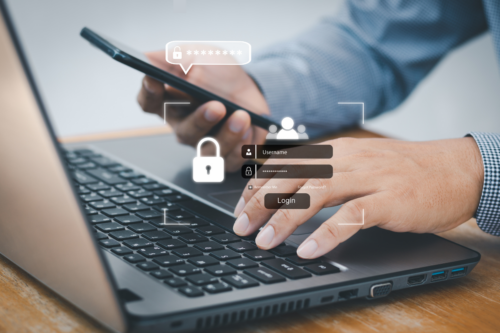GLBA
Safeguard your data & meet GLBA security requirements with zero trust access control from the Portnox CLOUD
The Gramm-Leach-Bliley Act (GLBA) was enacted to protect consumers' financial information. It imposes stringent security requirements on financial institutions. Zero trust network access control (NAC) from Portnox plays a crucial role in meeting GLBA security requirements. The Portnox Cloud establishes granular access controls, monitors endpoint risk, and provides real-time threat detection and response, thereby fortifying GLBA compliance and safeguarding valuable financial information.

Seamless alignment with GLBA security requirements

Extend secure access to your remote workforce in a snap
The Portnox Cloud has been purpose-built to easily enhance your remote access security for your workforce connecting via virtual private networks (VPNs) with full endpoint risk awareness and access controls. Put simply, Portnox delivers remote access control as a cloud service.
FAQs about GLBA security requirements
Try Portnox Cloud for Free Today
Gain access to all of Portnox's powerful zero trust access control free capabilities for 30 days!







